How Art Can Bring About Good Health and Wellness
JF&CS art therapist and counselor shares resources to incorporate art therapy into daily routine to heal and uplift spirits while sheltering in place.
The pandemic’s “new normal” is known as a time of uncertainty, which can cause stress and anxiety. Living during the pandemic has revealed changes from life prior to March 2020, before the phrase “social distancing” was part of the world vocabulary.
In addition to today’s daily activities such as cooking, baking, working from home and managing children’s needs around the clock, setting aside time for art activities can bring about better emotional and mental health for all ages.
Ling Olaes is a board-certified art therapist, yoga instructor and licensed professional counselor at Jewish Family & Career Services. Art therapy, she believes, “is a symbolic form of communication that can help with depression, anger, anxiety, grief and trauma, as well as personal exploration and growth in a time of stability or transition.”
Olaes told the AJT, “I use a variety of mediums such as drawing, painting, coloring, sewing, collage and sculpting to create a personalized experience that addresses my client’s needs and desires while helping them stay mindful in the present.”
Working with an art therapist offers the benefits of having a trained professional guide, to witness and help you process feelings that arise during and after artmaking. But there are do-it-yourself art activities to craft at home using accessible art supplies or materials. Children, teens, adults and seniors of all ages and skill levels can use art as a tool to uplift their spirits and to channel their energy into something positive. Olaes emphasized that an art activity “is about the process, not the product.”
Olaes shared some helpful tips for art therapy at home.
Positive outlook
Paint your windows. Decorate your driveway with sidewalk chalk. Paint a rock and/or make a prayer flag and display it proudly in your neighborhood.
Connect to humanity
Write a letter, decorate a blank postcard or create artwork for a friend or someone you know who needs a friend in this time of isolation. “Doing kind, good things for others actually makes us feel better,” Olaes said.
Express yourself
This time of uncertainty can be an emotional roller coaster, she said. “Journal with images, words or found objects that you gather in walks that keep you healthy and in touch with the world.”
Bring color to life
“Drawing, painting or coloring a picture you create or an existing image from a coloring book can help you relax and stay present, which is a great way to start and end your day and handle life bumps,” Olaes said.
Find a repurpose
Locate materials already in your house such as old clothes, wood scraps, jars, ribbons or boxes to embellish ordinary items such as a picture frame or a special doll.
“I often have people create their own picture to color just using rulers or tracing a shape over and over, like a lid,” she said.
Document your gratitude
Consider making a paper bag tree or meditation bowl to hold thankful thoughts. “Don’t forget to reference these things when you’re feeling down or negative.”
Olaes’ personal favorite material to work with is clay. She told the AJT it’s an “amazing metaphor for centering. As a tactile, highly sensory medium, it is a great way to literally work through difficult thoughts and feelings. You smooth, pound, build and shape things into what you want them to be, which is empowering.” Clay can be used to physically work out anger, or “we might use clay to celebrate life by building something beautiful like a bowl or vase.”
Additional art activities that Olaes has used in her JF&CS art therapy sessions that others may enjoy include creating emotional coasters, zines or intention beads.
Emotional coasters
Olaes made up the emotional coasters as a word play on the emotional roller coaster. As one example, she decorated the front of a coaster with something that she felt, such as “guarded.” On the coaster’s back, she drew a window cracked open, which she said was “my window of tolerance.” She explained, “You could do this for many difficult feelings as a reminder of what can help, for when these things occur. I like the metaphor of coasters that give things time to cool down … just like our emotions can take time to subside.”
Zines are mini stories or booklets folded without staples to hold important stories, tips, directions or inspirations for life.
Intention beads are positive statements you write in first person and roll up on pretty or decorated paper to stand alone or be formed into jewelry, a keychain, bookmark or another item.
Creating art is a way to help get through this time, and perhaps it can also become a continued activity to enjoy in the future.
For more information about art therapy, visit www.arttherapy.org or www.jfcs.org.
Flora Rosefsky is a collage and mixed-media artist, www.florarosefsky.com.



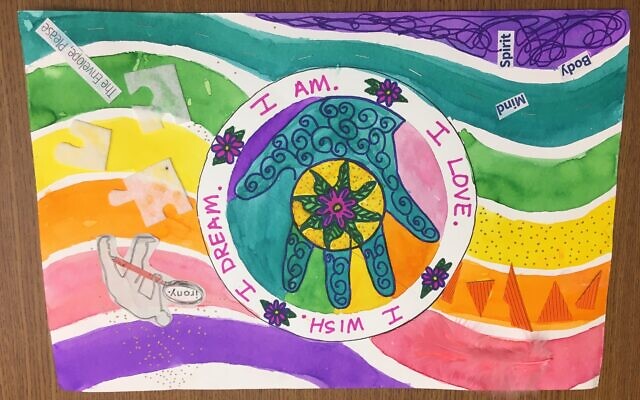
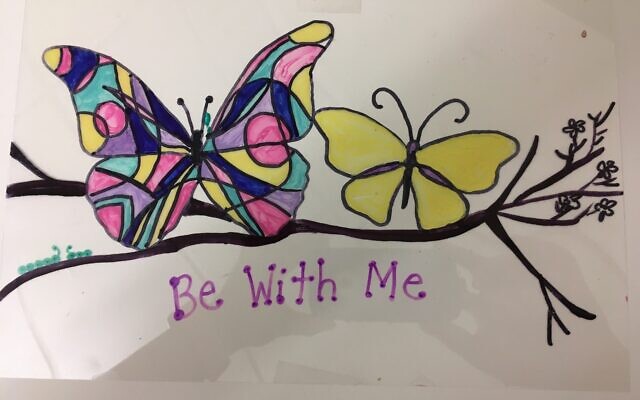
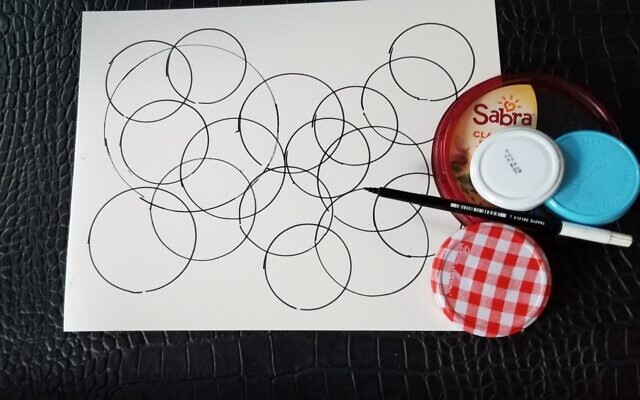

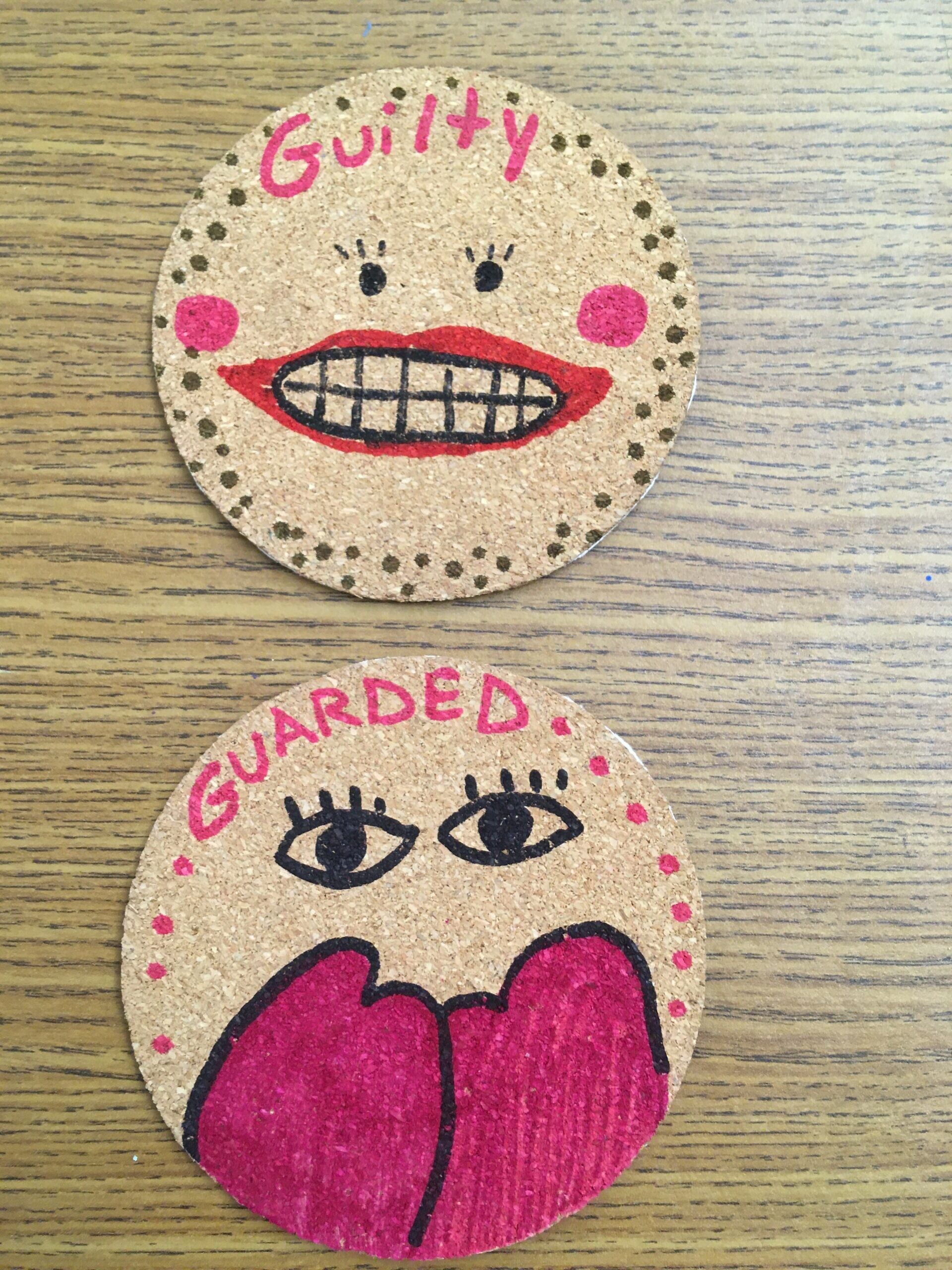
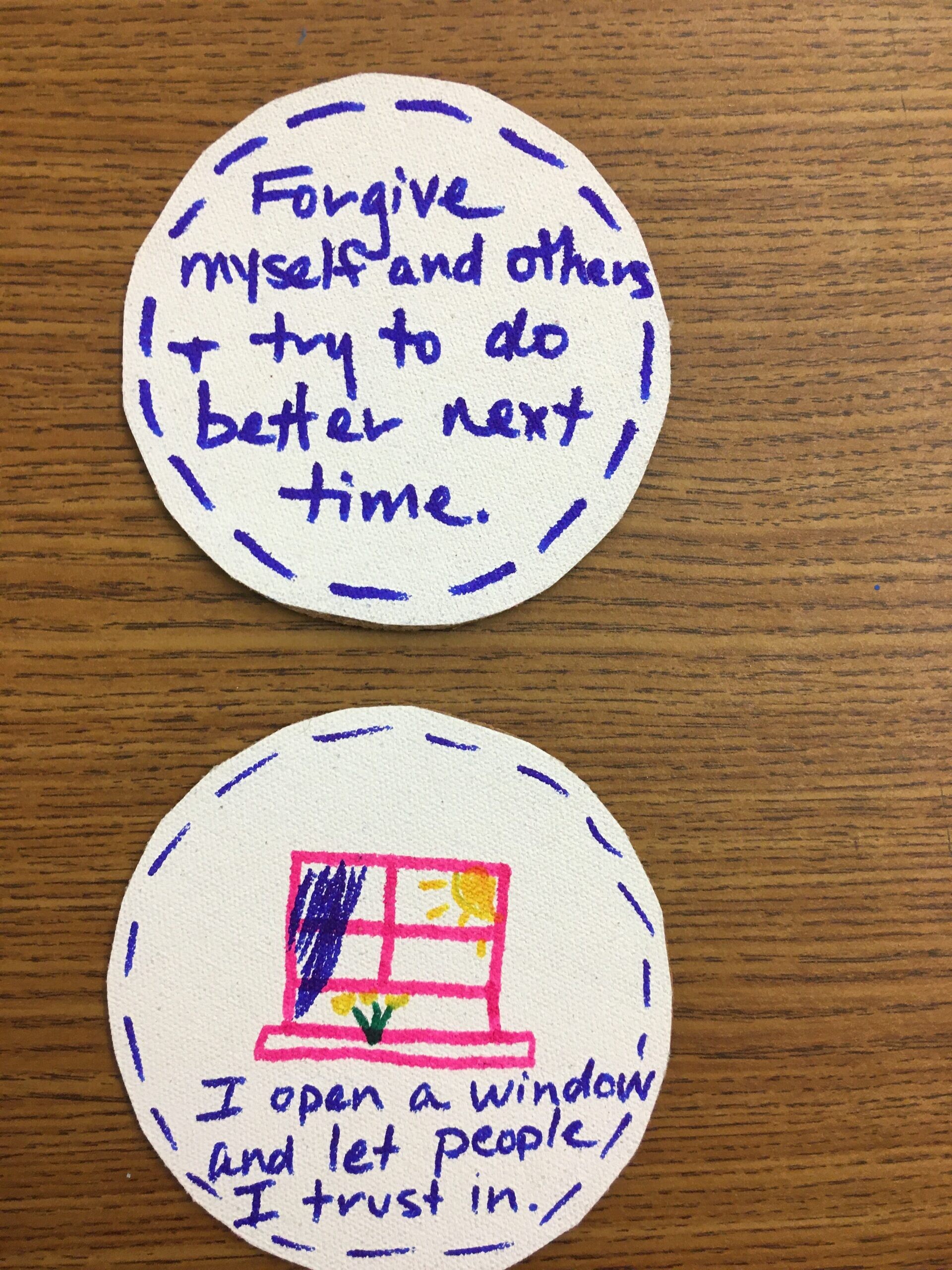
comments